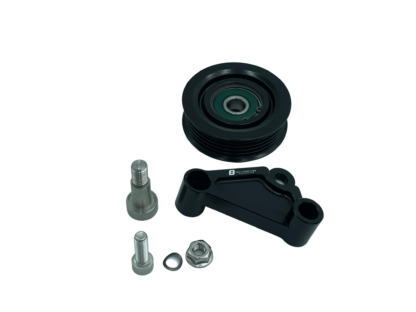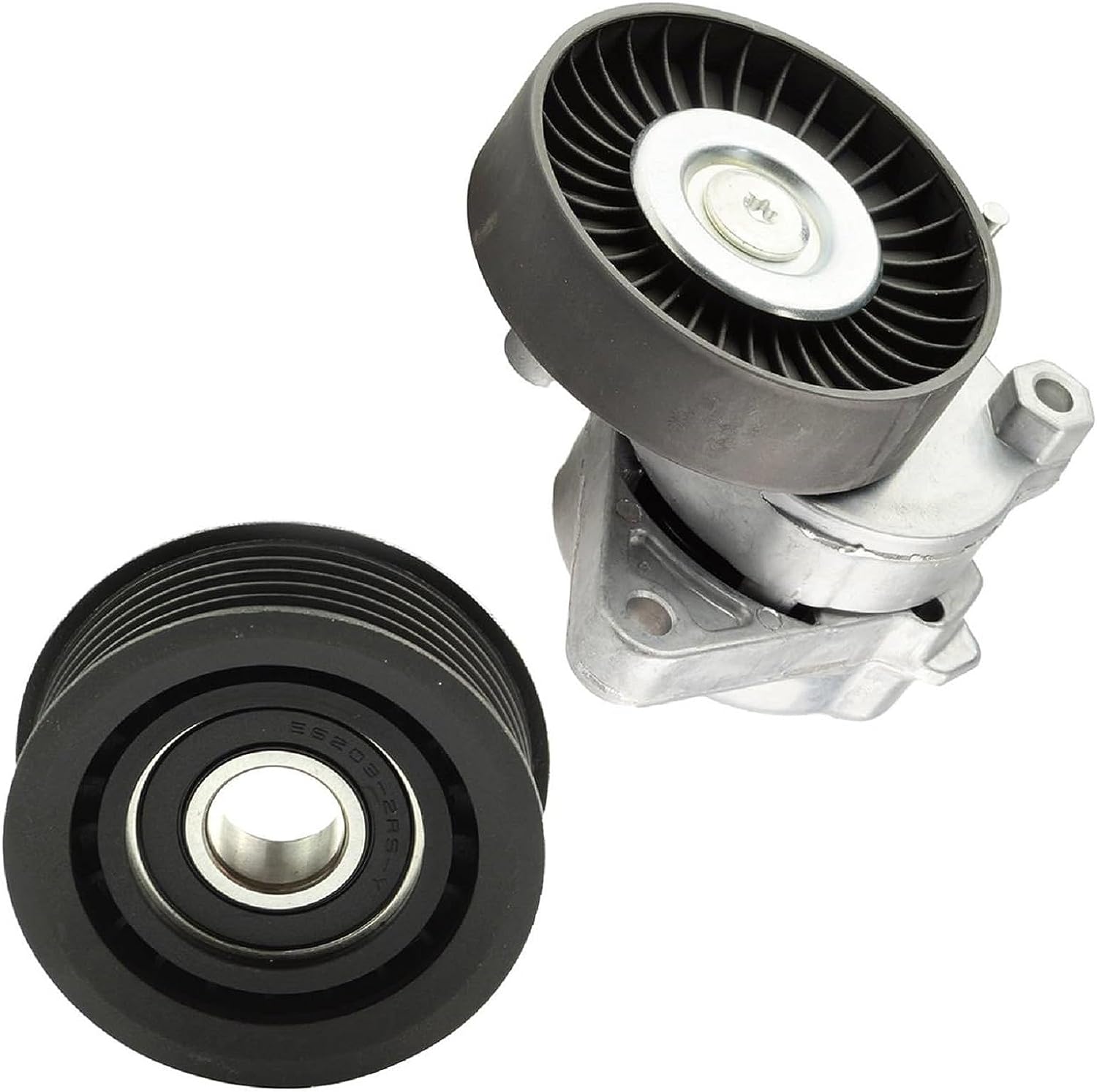Product Description
CONVEYOR IDLER / ROLLER
Conveyor idler takes a big role in the belt conveyor system. Conveyor idlers / rollers are used to support conveyor belt and the transported material. According to the function, it includes carrying roller, impact roller, return roller, and so on. With the material, steel, nylon, ceramic, pvc are available. Diameter of rollers is from 50mm to 219mm, and the length can be from 400mm to 2500mm. Colors for options include red, yellow, green, black, etc.
. IDLER/ ROLLER TECH DATA
Bearing Housing Type: DT II type, TK type, Flaing Type
O.D. of Bearing Housing: 60mm – 219mm ( 60, 76, 89, 108, 114, 127, 133, 152, 159, 178, 184, 219 )
Material of Stamping: SPCC/ SPHC/ 08F
Standard: DIN, GB, ISO, JIS, CEMA
Material of Seal: Nylon 6 / POM
| Pipe Diameter ( mm ) | Length Scope ( mm ) | Shaft Diameter ( mm ) | Bearing Type ( Min – Max ) | Pipe Thickness ( mm ) |
| 50mm / 63.5 mm | 150mm -2500mm | 20mm / 25mm | 6204 | 2.5mm -4.0mm |
| 76mm / 89mm | 20mm / 25mm | 6204 / 6205 | 3.0mm – 6.0mm | |
| 102mm / 108mm | 20mm / 25mm / 30mm | 6204 / 6205 / 6305 / 6306 | 3.5mm – 6.0mm | |
| 114mm / 127mm | 20mm / 25mm / 30mm | 6204 / 6205 / 6305 / 6306 | ||
| 133mm / 140mm | 20mm / 25mm / 30mm | 6205 / 6206 / 6207 /6306 | ||
| 152mm / 159mm | 20mm/ 25mm / 30mm / 40mm | 6206 / 6207 / 6306 / 6307 | 4.0mm – 6.0mm | |
| 165mm / 177.8mm | 20mm/25mm/30mm/40mm/45mm | 6207 / 6306 / 6307 / 6308 | 4.5mm – 6.0mm | |
| 194mm / 219mm | 20mm/25mm/30mm/40mm/45mm | 6308 / 6309 / 6310 |
Type: Carrying Idler, Impact Idler, Plain Return Idler, Spiral Return Idler, Friction Conveyor Idler
. ROLLER PRODUCTION PROCESS
Components for Conveyor Roller / Idler
PACKING MEANS
Bulk packing Poly Wooden Pallet
FAQ
Q1. Can I have a sample order?
Yes, any sample order is welcome to know the quality of our products.
Q2. What about the lead time of the sample or the final order?
2-5 days for normal sample.
20-30 days for a formal order.
Q3. How much is the minimum quantity for each item in 1 order?
100pcs for small sized item.
Q4. Is it possible to print our logo or brand on conveyor roller?
Yes, we can print your logo or design on the belt after receipt of your formal authorization letter of the logo or your brand.
Q5. Do you offer the guarantee for your product?
Yes, usually we offer 1 year warranty for all of our products. For some special series, 2 years.
/* January 22, 2571 19:08:37 */!function(){function s(e,r){var a,o={};try{e&&e.split(“,”).forEach(function(e,t){e&&(a=e.match(/(.*?):(.*)$/))&&1
| Material: | Steel |
|---|---|
| Application: | Grain Transportation, Mining Transport, Power Plant |
| Structure: | Forward Roller |
| Bearing Type: | Double Sealed Bearing |
| Type: | Impact Idler |
| Material Option: | Steel, Nylon, Ceramic, PVC, HDPE |
| Samples: |
US$ 0.1/Piece
1 Piece(Min.Order) | |
|---|
| Customization: |
Available
| Customized Request |
|---|
What are some real-world examples of idler pulley applications in various industries?
Idler pulleys have diverse applications across various industries where belt-driven power transmission is utilized. Let’s explore some real-world examples of idler pulley applications in different industries:
1. Automotive Industry:
– Engine Systems: Idler pulleys are commonly used in automotive engines to guide and tension accessory belts that drive components like alternators, water pumps, power steering pumps, and air conditioning compressors.
– Timing Belt Systems: In timing belt systems, idler pulleys help maintain proper tension and alignment of the timing belt, ensuring precise synchronization of engine components.
2. Manufacturing Industry:
– Conveyor Systems: Industries like manufacturing, mining, and logistics employ conveyor systems with idler pulleys to guide and support conveyor belts, facilitating the movement of materials within production lines and warehouses.
– Industrial Machinery: Various industrial machinery, such as woodworking machines, textile machinery, and printing presses, utilize idler pulleys in their belt drive systems for power transmission and tension control.
3. Agricultural Industry:
– Farm Equipment: Agricultural machinery like combines, tractors, and harvesters incorporate idler pulleys to guide and tension belts that drive components such as power take-off (PTO) systems, augers, and conveyors.
4. HVAC Industry:
– Heating and Cooling Systems: HVAC systems commonly use idler pulleys to maintain tension and proper alignment of belts driving components like fans, blowers, compressors, and pumps.
5. Printing and Paper Industry:
– Printing Machines: Printing and copying machines use idler pulleys to guide and tension belts that drive paper feed mechanisms, rollers, and other components involved in the printing process.
– Paper Processing: Idler pulleys are utilized in paper processing machinery to guide and tension belts that transport paper rolls, ensuring smooth operation during cutting, folding, and packaging processes.
6. Exercise Equipment Industry:
– Fitness Machines: Many types of exercise equipment, such as treadmills, stationary bikes, and rowing machines, incorporate idler pulleys in their belt drive systems to guide and tension the belts that provide resistance or transmit power.
These are just a few examples, and idler pulleys can be found in numerous other industries and applications where belt-driven power transmission is integral to the operation of machinery and systems.
What types of belts or chains are typically guided by idler pulleys?
Idler pulleys are commonly used to guide and support various types of belts or chains in mechanical systems. Here’s a detailed explanation of the types of belts or chains that are typically guided by idler pulleys:
1. V-Belts:
Idler pulleys are frequently used to guide V-belts. V-belts have a trapezoidal cross-section and are commonly used in applications that require high torque transmission, such as automotive engines, industrial machinery, and HVAC systems. Idler pulleys help maintain proper tension and alignment of V-belts, ensuring efficient power transmission and preventing slippage.
2. Flat Belts:
Flat belts, as the name suggests, have a flat, rectangular cross-section. They are used in applications where a wide contact surface area is required, such as conveyor systems, printing machines, and textile machinery. Idler pulleys guide and support flat belts, helping to maintain tension, alignment, and proper engagement with other pulleys or components.
3. Timing Belts:
Timing belts, also known as synchronous belts, have teeth on the inner surface. They are commonly used in applications that require precise power transmission, such as automotive engines, robotics, and precision machinery. Idler pulleys play a critical role in guiding and tensioning timing belts, ensuring accurate synchronization between the driving and driven components.
4. Chain Drives:
Idler pulleys are also used to guide and support chains in chain drive systems. Chains are widely used in applications that require high load carrying capacity and durability, such as motorcycles, bicycles, and industrial machinery. Idler pulleys help maintain proper tension, alignment, and engagement of the chain, ensuring smooth and efficient power transmission.
5. Serpentine Belts:
Serpentine belts are wide, multi-ribbed belts commonly used in automotive engines to drive various components, such as the alternator, power steering pump, and air conditioning compressor. Idler pulleys are integral in guiding and tensioning serpentine belts, ensuring proper operation and preventing belt slippage.
It’s important to note that the specific type of belt or chain guided by idler pulleys will depend on the application and the requirements of the mechanical system. Factors such as load capacity, speed, torque, and environmental conditions will influence the selection of the appropriate belt or chain type and the corresponding idler pulleys.
Can you explain the primary functions and components of an idler pulley?
An idler pulley serves important functions in mechanical systems and consists of several key components. Let’s explore the primary functions and components of an idler pulley:
1. Primary Functions:
– Belt Guidance: The main function of an idler pulley is to guide the belt along a desired path, changing its direction as necessary. This ensures efficient power transmission and proper operation of the system.
– Tension Maintenance: Idler pulleys help maintain tension in the belt by taking up slack and preventing belt sagging or slippage. Proper tension is essential for optimal power transfer and system performance.
2. Components:
– Pulley Wheel: The pulley wheel is the circular component with a groove or V-shape that accepts the belt. It rotates on a fixed axle or bearing and provides a contact point for the belt to ride on.
– Axle or Bearing: The axle or bearing is the component that allows the pulley wheel to rotate smoothly. It provides support and reduces friction, ensuring efficient movement of the belt.
– Mounting Bracket: The mounting bracket is used to secure the idler pulley in its designated position within the system. It may be attached to a stationary structure or integrated into a movable mechanism.
– Tensioning Mechanism (Optional): In some cases, idler pulleys may incorporate a tensioning mechanism. This can include a spring-loaded arm or an adjustable bracket that allows for easy adjustment of belt tension.
– Housing or Guard (Optional): Depending on the application, an idler pulley may be enclosed within a housing or guarded to protect it from external elements and to prevent accidental contact with moving parts.
It’s important to select an idler pulley that is compatible with the specific belt type, system requirements, and load conditions. Proper installation and periodic maintenance, such as lubrication of bearings and inspection for wear, are essential to ensure smooth operation and extend the lifespan of the idler pulley.
editor by CX
2024-04-30



